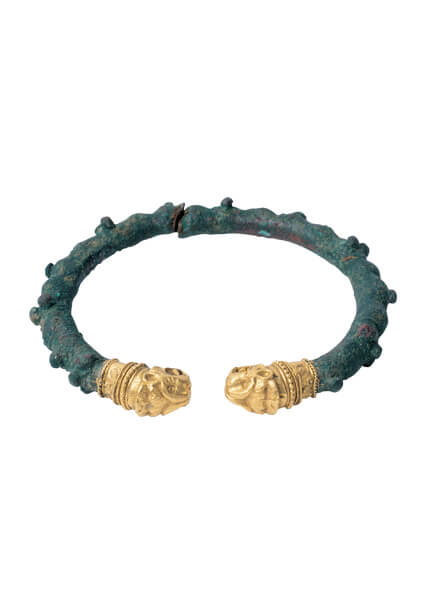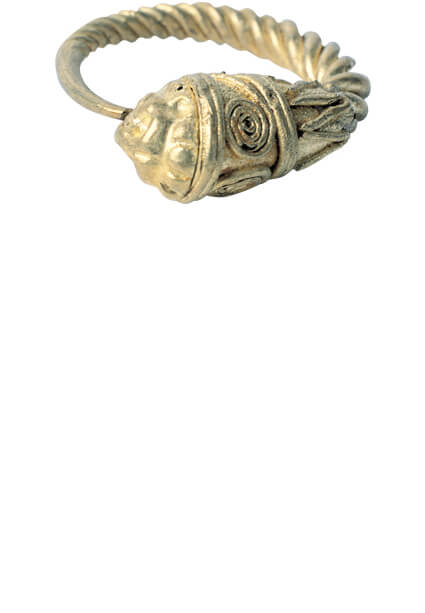The archaeological findings of gold and silver embroidery in Urartu are mostly from cemetery areas. Ring-shaped, spiral rings and earrings, sandal and crescent-shaped earrings, pendulum, gold and silver earrings, the head of the stylized animal and plant style ending with gold and silver dress pins again gold and silver medallions and often the head of the products are common. The understanding of embellishment on these products is not very different from the concept of depiction on bronze works. Due to only the metal used, production techniques differ. Granulation technique, especially seen in precious metals, is more characteristic. The ornaments found in the tombs of Altıntepe and in Karmir-Blur are known examples of the decoration in this technique.
Urartian jewelry art should be evaluated in a wider perspective. Made of bronze, rings, earrings, bracelets, clothes and hair needles have found widespread use. Ring-shaped, spiral ring, sandal and crescent-shaped earrings and rings. Bracelets with open or superimposed rims and snakes and dragon heads are common bronze jewelry.
Urartu folk tombs are defined as the burial of the underground rooms where multiple burials have been widely used as grave gifts. From this point of view, it is possible to talk about the widespread use of jewelry in Urartu society.
The number of works to be defined as medallion in Urartu is quite small. The examples found in Toprakkale and Karmir-Blur attract attention with their depictions. The woman standing against the goddess who is sitting on the throne in Toprakkale gold medal is probably shown in the prayer position. Two silver medallions of the same scenes were unearthed in Karmir-Blur. This time she was depicted in the goat along with the woman. In this respect, a cult or votive scene has been portrayed. In the same group, a small pectoral (breastplate) found in Toprakkale, which we can evaluate in the same group, this time depicts a woman wearing a headscarf with a goat in the face of a goddess sitting on a throne in the middle of two trees of life.
Larger examples of the breasts were acquired by museums. They are made of silver, ranging in width from 14-25 cm. Some of them have mythological figures, which are arranged in regular rows. Winged jinn and tree of life motifs are examples of characteristic depiction for Urartu.
Fibula and decorative dress needles are frequently used in Urartu as grave gifts. It can be said that fibulae, which we know to be widely used in Urartu period, have similar functions with today's safety pins or brooches. The body part is generally arc shaped but has some different variations. The needle portion is connected to the spring portion by a spiral piece and the needle body which extends towards the tip extends to the hand-shaped lock portion. Fibulae are one of the most fashionable jewelry in this period. It has also been widely used in Phrygians in Western Anatolia. In addition, Assyrian, Iran and the Caucasus can be observed in the geography finds. It is accepted that it started to be seen in Urartu from the middle of the 8th century.
Urartian clothes needles are another common group of jewelry, which is frequently encountered in graves like fibulae. Samples made of gold, silver, bronze and iron were subjected to different typological distinctions, especially with the typology and ornamentation features of the head. The body is generally tapered to the tip. In the section where the body joins the head, there is often a movement in the form of a ring, a tuber and a wiping. Sometimes there is also a rope hole in this area. The head part was formed by figurative, vegetative and sometimes geometric forms. Poultry animals / sirens, sitting lion and bull depicted figurative heads are few but not very common. Examples of spherical, circular forms with heads and poppy heads constitute common types.
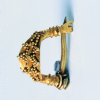
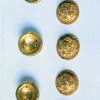
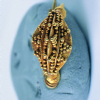
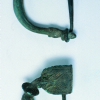
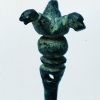
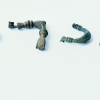
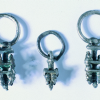
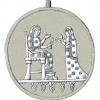
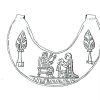
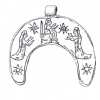
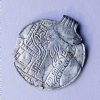
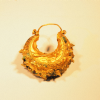
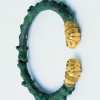
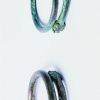
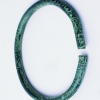
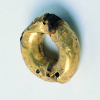
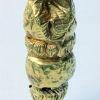
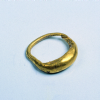
BİLEZİK
